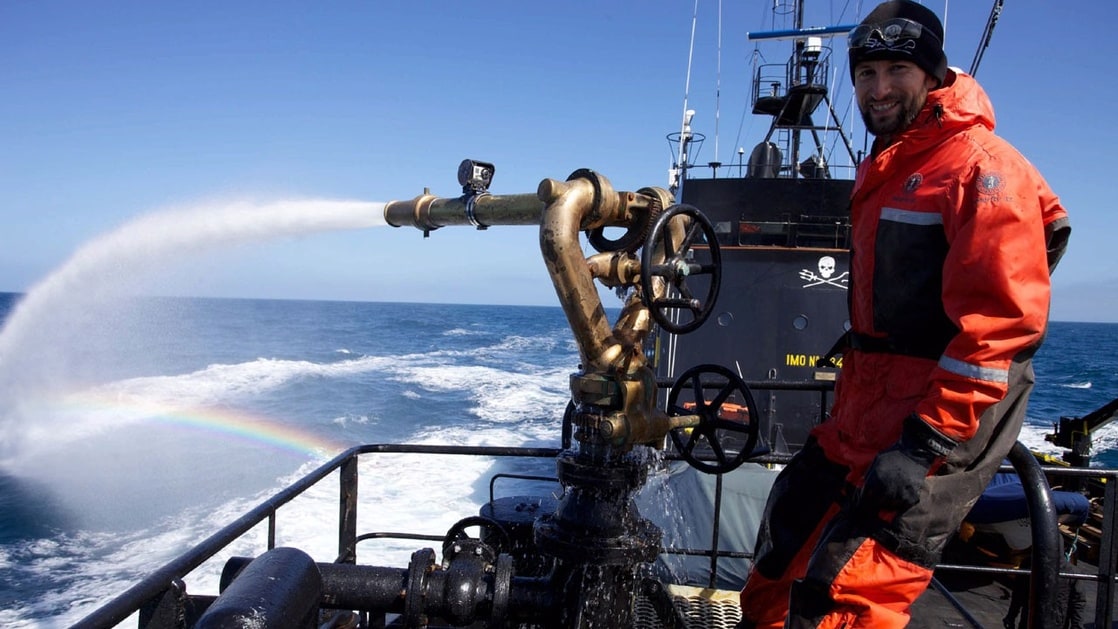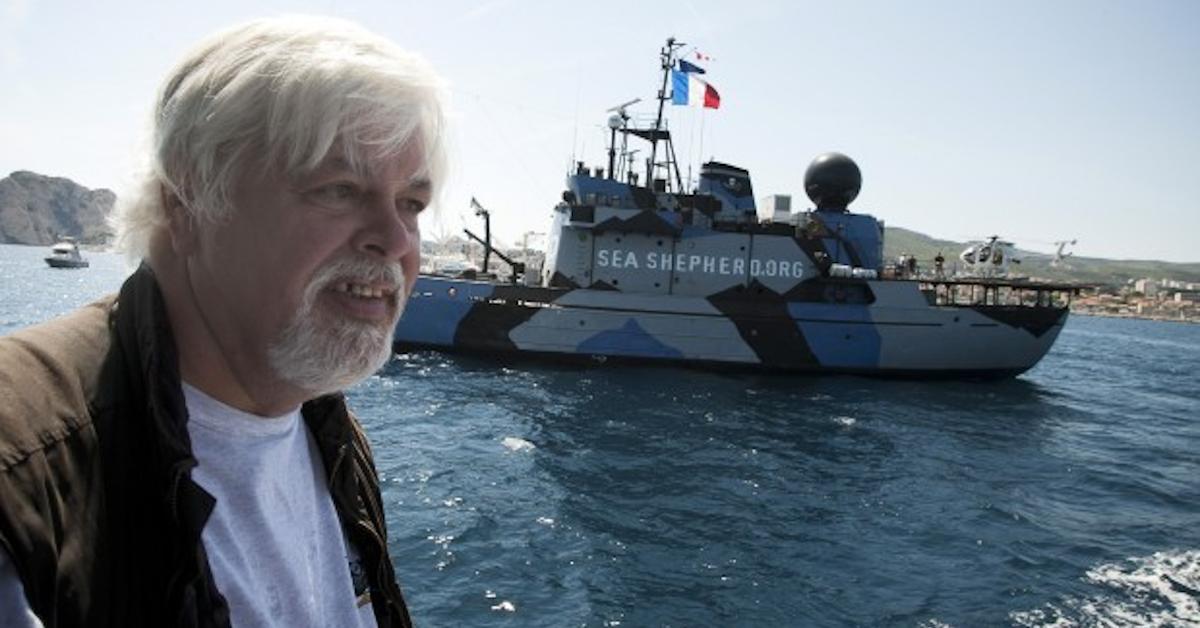
“The evidence is that the Thunder was deliberately scuttled by her captain to destroy the evidence of their illegal fishing operations in the Southern Ocean,” Watson wrote. Paul Watson, the founder of Sea Shepherd, said on his blog that he believed the sinking was no accident. The idea was to follow them to port, where Sea Shepherd would be able to alert authorities to the illegal fishing and turn over the nets as evidence.īut instead, Hammarstedt said, the Bob Barker received a distress call on Monday, stating that the Thunder was sinking and its crew was abandoning the vessel.Īlong with sister ship Sam Simon, the Bob Barker picked up the Thunder’s captain and 40-member crew, who were floating at sea in inflatable rafts. After recovering 27 miles of gill nets that the Thunder had left behind, the activists began tailing the poachers. The Thunder’s crew was using gill nets to catch Patagonian toothfish in a protected marine area regulated by the Commission for the Conservation of Antarctic Marine Living Resources.įrom there, the chase was on. Paul Hammarstedt, captain of the Sea Shepherd vessel Bob Barker, said in a statement that his ship encountered the Thunder, a known illegal fishing vessel, on December 17 in the Southern Ocean. The odd twist from pursuit to rescue mission came after environmental activist group Sea Shepherd had tailed the boat for 110 days across more than 10,000 miles, from Antarctic waters to the west coast of Africa. It will be their 10th Southern Ocean campaign taking on the Japanese whalers - “Hopefully giving them the worst season that they’ve ever had,” Hammarstedt says.After chasing a notorious illegal fishing vessel for nearly four months, antipoaching activists have ended up rescuing the ship’s entire crew. Next week, Hammarstedt and the Sea Shepherds will ship out on their next mission, though Watson will not be on board. The Japanese took in 103 whales out of a quota of 1,035 - the fewest in Sea Shepherd history. “When people watch this show I think they’ll be quite shocked by the confrontation and seeing how aggressive the whalers are and the risks we’re willing to take to protect these whales.”Īfter several collisions, including one that knocked out the Bob Barker’s radar, the factory ship finally backed off, effectively ending the whaling season. This is the first time we really put them to that test. “Every campaign we say things like the only way to stop us is to sink us. Though this was the eighth campaign Hammarstedt has been a part of, “This time was the first time I felt like we could actually lose the ship,” he says. Last February, that aggressive confrontation occurred when Hammarstedt successfully stopped the 8,000-ton Japanese factory ship Nisshin Maru from refueling by wedging his 500-ton boat between it and its 5,000-ton fueling vessel - standing his ground by calmly radioing to the Japanese captain “You’ll have to sink me. “We’re going up against an adversary that for every year has been more violent more aggressive toward us than the year previous because we’re affecting their bottom line,” Hammarstedt says. Hammarstedt and the rookie captains faced challenges in navigating their boats and had to make decisions on whether to stand their ground or retreat when threatened by the much larger Japanese boats - all while protecting and earning the trust of their crew who have vowed “to die for the whales.” Paul Watson, it’s every single person who is inspired by Paul’s vision.” It’s important to recognize that Sea Shepherd isn’t just Capt. Paul Watson in charge of the campaign,” Peter Hammarstedt, the Swedish-born, 29-year-old captain of the Bob Barker, told The Post on the phone from Hobart, Tasmania. “It was obviously worrying to not have Capt.


So with Watson hiding aboard the main boat, the Sea Shepherds appoint four new captains to lead the armada’s four vessels - the Steve Irwin, Bob Barker, Brigitte Bardot and Sam Simon (named after “The Simpsons” producer and Sea Shepherd donor).

His aggresive tactics spurred both a warrant for his arrest by Interpol and a US court’s issuing of a ruling banning the Sea Shepherds from coming within 500 yards of any Japanese whaling vessel - putting all the American crew members at risk For the past five seasons of Animal Planet’s “Whale Wars,” viewers have watched Captain Paul Watson, as leader of The Sea Shepherd Conservation Society, lead missions into the Antarctic’s Southern Ocean to stop Japanese fleets from “harvesting” endangered whales for alleged research.īut in the two-hour special “Whale Wars: A Commander Rises” premiering Friday at 9 p.m., Watson is forced to step down as the Sea Shepherd’s leader just as their January 2013 mission is about to start.


 0 kommentar(er)
0 kommentar(er)
